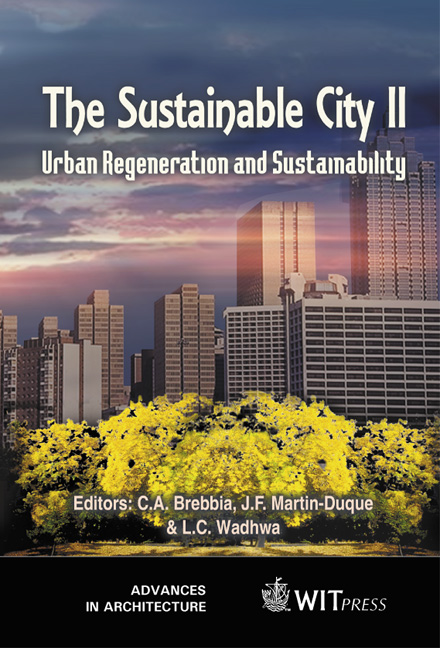Property Tax Based Revenue Collection GIS In The Developing Cities – A New Approach For Sustainable Urban Development
Price
Free (open access)
Transaction
Volume
54
Pages
Published
2002
Size
615 kb
Paper DOI
10.2495/URS020091
Copyright
WIT Press
Author(s)
J Nieminen
Abstract
Property tax based revenue collection GIS in the developing cities - a new approach for sustainable urban development J. Nieminen Soil and Water Ltd., Finland Abstract Cities in the developing countries face constant problems with urban management. International financing and development agencies, like World Bank, Asian Development Bank, and UN-Habitat, have devised several programmes and initiatives to solve this problem. So far no great success has been recorded. The need to raise sufficient finance for city administrations to function effectively is perhaps the main objective of city governance. Plans, objectives, decisions, statements etc. are all irrelevant if there is not the capability to carry them through. This capability requires a sustainable form of income. In this paper new approaches and methods are sought for the urban problem solving. The first priority is to enable the Local Government Unit (LGU) to generate its own permanent revenue base. Only with steady and predictable annual revenue is it possible to plan actions for sustainable development. Property taxation seems to be the easiest direct revenue source for the developing cities. There are hardly any possibilities, e.g., to use income taxation. What is needed is a system that allows city managers to identify all taxable units and determine the tax payable. This information needs to be linked to Geographical Information Systems (GIS) and an accounting system that will produce bills, monitor receipts and notify the need for action on arrears. Two pilot areas have been identified (Gaza City in Palestine and Kanpur in Uttar Pradesh State in India) where the first attempts similar to this new approach have been made. The results have been quite encouraging. The results are compared and recommendations on the future action are given.
Keywords





